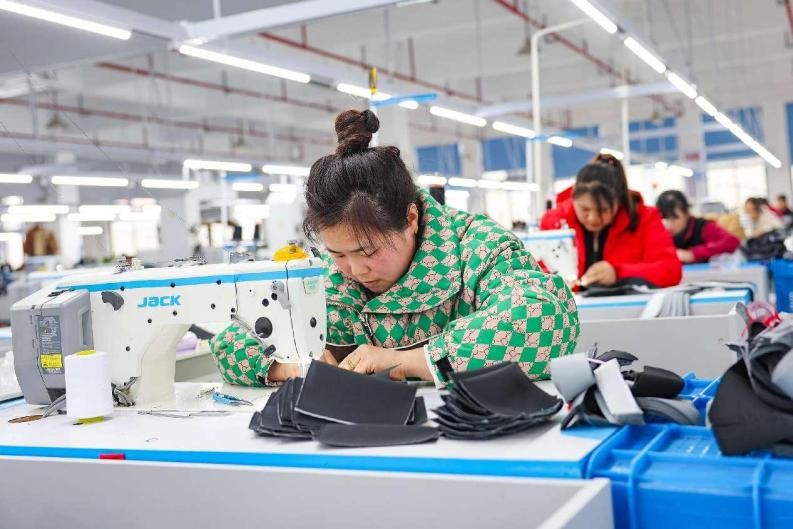Outdoor activities fuel new growth in rural China

Agency : During this year's May Day holiday, outdoor sports and travel captured wide public interest and participation across China.
At Shijiu Lake in Nanjing, east China's Jiangsu province, a young visitor transitioned from a fishing lure session to stargazing through a telescope. Nestled in the Aba Tibetan and Qiang autonomous prefecture, southwest China's Sichuan province, the Siguniang Mountain scenic area launched over 10 outdoor adventure routes, including hiking, mountain trekking, and rock climbing, catering to outdoor enthusiasts of all ages.
In China, over 400 million people engage in outdoor activities. The development of outdoor sports delivers wide-ranging societal benefits. It fulfills the growing public demand for physical wellness, advances the Chinese national fitness campaign, stimulates associated industries, and presents vast potential for future development.
A growing number of outdoor sports events and leisure experiences are taking root in scenic destinations across the country.
In Shangri-la, southwest China's Yunnan province, a network of hiking and cycling trails serves as venues for prominent events such as the Tour of Yunnan International Road Cycling Race and the Yunnan Plateau Lakes and Mountains Series.
In Nanxun, Huzhou, east China's Zhejiang province, visitors enjoy activities ranging from nocturnal fishing and hot-air ballooning to orienteering through ancient towns.
In Chongli, Zhangjiakou, Hebei province in north China, night skiing enables thrill-seekers to race down snow-covered slopes under a star-filled sky, evoking the sensation of flight just above the earth..
These diverse outdoor experiences act as a powerful engine for transforming picturesque natural environments into sources of sustainable economic development.
China is steadily promoting the development of outdoor sports destinations to ensure the timely achievement of its goal to build around 100 high-quality outdoor sports destinations by 2030. With its vast territory and spectacular landscapes, the country is well-positioned to leverage its world-class natural resources in this endeavor.
Outdoor tourism development also dovetails with China's comprehensive rural vitalization strategy. In Xishui county, Huanggang, Hubei province, a rural triathlon combining swimming, road cycling, and cross-country running was held. The event catalyzed economic activity, with online and offline sales of agricultural products exceeding 5.8 million yuan ($807,737), a year-on-year surge of 230 percent.
In the scenic Canglu Valley in Yunnan province's Dali Bai autonomous prefecture, surrounded by lush mountains, a tourism development model centered on outdoor leisure and lifestyles attracted more than 70,000 visitors in 2024, generating around 3 million yuan in consumption.
Traditionally, rural areas dense with forests, rivers, and mountains were deemed economically unsuitable for agricultural or industrial development. Today, many of these regions are leveraging their natural endowments to develop premium outdoor destinations, thereby creating new opportunities for local growth.
High-quality outdoor destinations not only stimulate local cultural and tourism development, but also help expand related industries.
The Chinese outdoor apparel industry, for instance, is experiencing rapid growth. In Zhejiang, a "three-hour supply circle" for manufacturing outdoor jackets has emerged: composite fabrics from Jiaojiang in Taizhou, waterproof zippers from Linhai, fleece liners from Keqiao in Shaoxing, and final assembly in Sanmen. This close-knit supply chain exemplifies how the integration of sports and commerce is accelerating industrial synergy, with supply and demand mutually reinforcing.
In the Guangdong-Hong Kong-Macao Greater Bay Area, novice surfers ride the waves under professional guidance. Along the Yellow River, rally races deliver pulse-pounding excitement. In Hubei province, a digital outdoor sports map is enhancing smart infrastructure and services. What were once niche or fringe activities are now becoming part of everyday life.
By turning "small sports" into "big industries," and combining proactive government support with dynamic market mechanisms, China is turning innovative concepts into tangible benefits.
-By Zhou Renjie, People's Daily














प्रतिकृया दिनुहोस